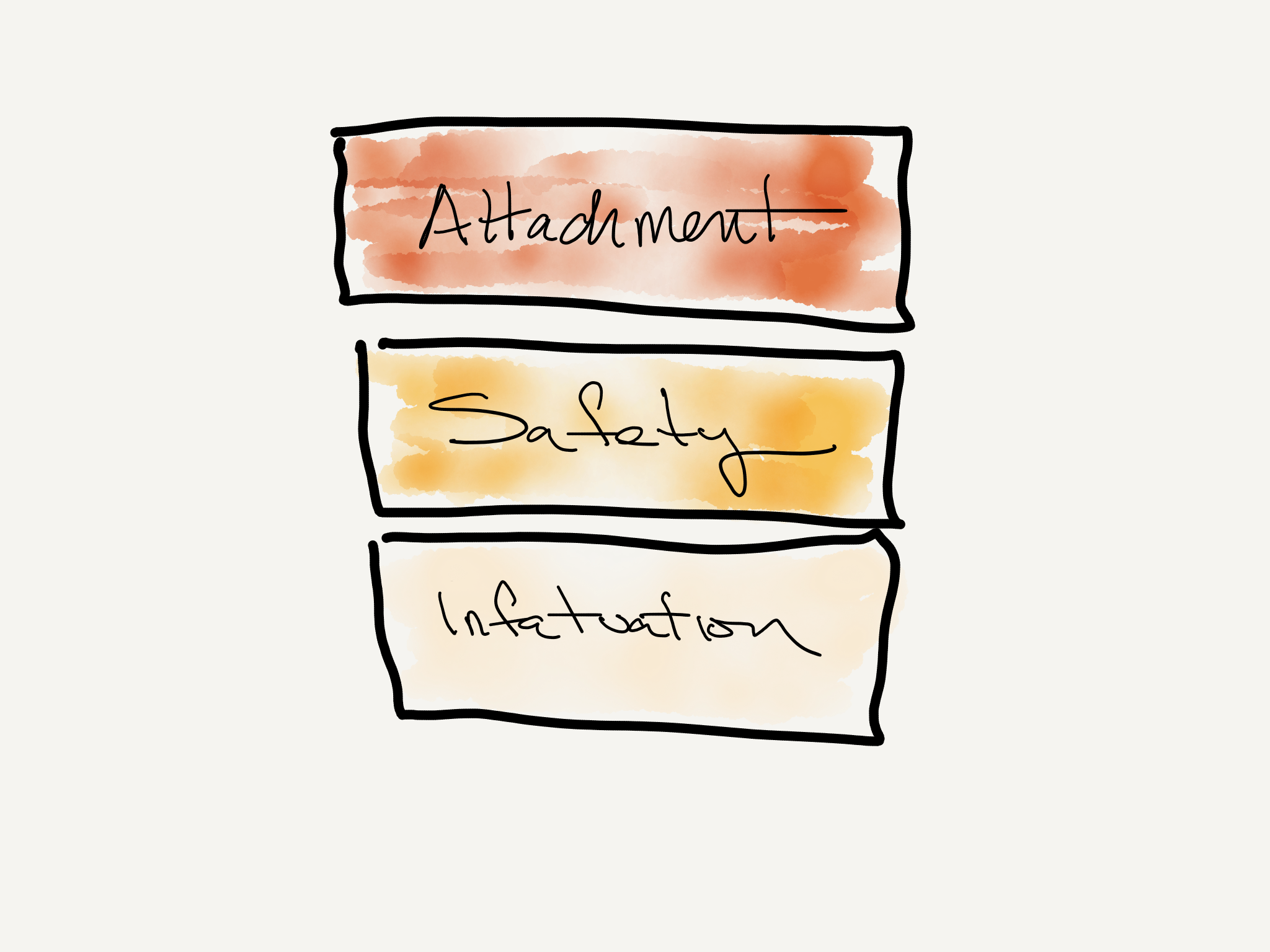Reading Time: About 3 minutes
While doing some research for a client a few months ago, I engaged in an email dialog with one of my research respondents. We occasionally receive feedback from people who take our surveys. Usually, it is a complaint about how long the survey was or an expression of dissatisfaction because they did not qualify for our study. This email was different.
“Do people really feel this strongly about brands? Just asking.”
I don’t get questions like this often, and my initial thought was to ignore it. Yet the journalist in me wanted to answer the question with another question.
“Do you feel strongly about any brand?” I responded.
A back and forth ensued. At first, Mary (the respondent) informed me that she didn’t really think about brands at all, much less have strong feelings for them. Yet as our exchange continued her answers betrayed her early statements. The study was focused on alcohol brands, so our conversation naturally gravitated toward the brands that Mary encountered in her dinking experiences. As my study was on brand attachment, I wanted to discover if there was any brand of liquor that she consumed that she would use to define herself, as in, “I’m a Sam Adams girl” or “the Belvedere brand shares my values.” But Mary didn’t feel this strongly about any brand of alcohol. She did, however, tell me one thing that got me thinking. She said, “Tito’s is my safety choice.”
What she meant was, all things being equal, if she couldn’t or didn’t want to decide, she’d order a drink with Tito’s as her default vodka brand for cocktails. She trusted it. She knew what to expect from it. It was the safe choice on a number of dimensions. She was assured it would meet her quality standard. She was assured it wouldn’t be too expensive.
Yet, Mary wasn’t particularly attached to the Tito’s brand. As I’ve written before, attachment describes a feeling of strong connection to a brand—a feeling that a brand is like you. There are some reliable questions we can ask to assess attachment. How distressed would you be when you think of this brand going away? How close do you feel to this brand? How much does this brand express who you are or who you would like to be? Tito’s failed on each of these metrics for Mary. In fact, these were the questions that prompted her to send me the email in the first place.
Attachment has captivated my interest for a long time. I first became fascinated by it in the ‘90s when I read stories about people who married their Mazda Miatas, or drove 100 miles to buy a box of Krispy Kreme donuts. The personification of the brand is what interests me most. When people are attached to a brand they imbue it with human qualities and relate to it in a way that is similar to the humans in their life. This peculiar dimension of consumer psychology doesn’t work for every brand. I’ve often debated with colleagues whether any brand can achieve high levels of attachment. In my first book, Legendary Brands, I stated that only a select group of brands can ever achieve legendary status (though I didn’t know it at the time, my reference to legendary brands was, in fact, a reference to brands with outsized consumer attachment).
I don’t have new research to share this week. Rather, I have a rough hypothesis-a theme I hope to explore in future research. It has to do with brand preference. We marketers measure preference a lot. It’s the most accepted mark of performance for a brand. Yet it’s not a unilateral dimension. Indeed, consumers often change their preferences. That makes me think we must dig deeper to understand why a consumer prefers one brand over another, and how durable that preference really is.
I’ve been toying with a model that draws from my recent research. It’s shown hierarchically, but I’m not that certain the depiction is accurate. At the top of my model is attachment-preference that is forged because of a strong emotional bond between the brand and the consumer. I hypothesize that this is one of the most durable forms of preference because the consumer experiences feelings of guilt and separation by choosing another brand. Yet, as mentioned earlier, few brands can achieve this level.

At the bottom of my model is infatuation. The brands that sit at this level are highly desired, yet often out of reach or impractical. Even if they are within reach, brand infatuation works just like human infatuation. It’s fleeting. I frequently hear consumers express their desire for brands they never buy or use. These brands show up as a preferred brand in some studies, despite the fact that the associated consumer behavior is weak.
In the middle of my model is Mary’s Safety Brand (which could also be a lost Tom Petty single). The safety brand doesn’t possess the interpersonal bond of the attached brand and it doesn’t arouse us like an infatuation brand, yet it wins our business … a lot.
What troubles me about this model is that it’s not very sexy for the marketer. While being the “safe choice” may have great value in some industries (e.g.. insurance, banking, baby care, etc.) it isn’t very sexy in most others. Going back to liquor, do you really want to be the safe vodka? Feels like a low bar. Despite this, I believe the data will bear out the merits of achieving safety status.

